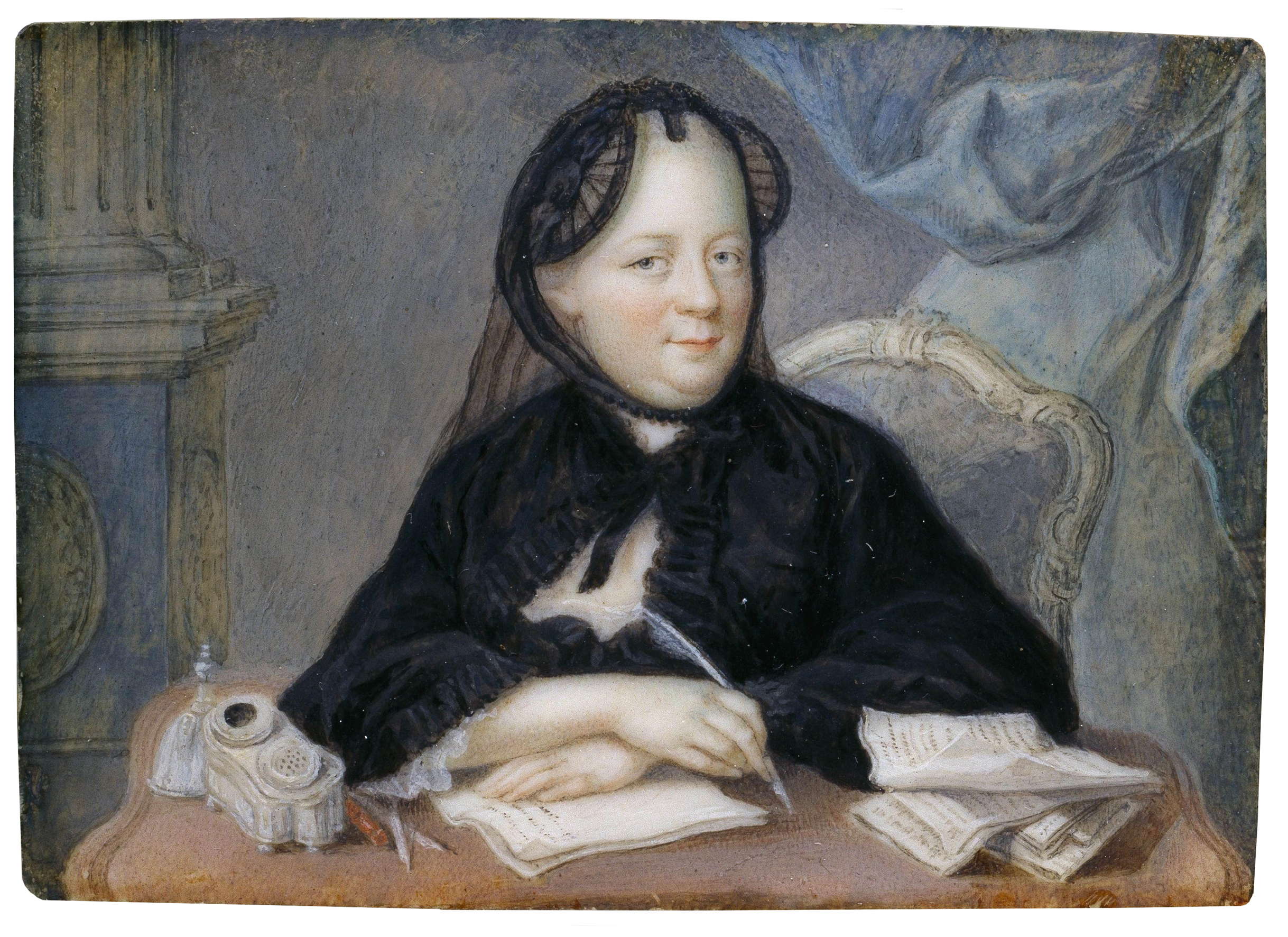Today, here on EBJ - History Salon, I am thrilled! to have Susan Higginbotham, Author of 5 excellent historical novels; her latest: HER HIGHNESS THE TRAITOR, grace my blog with this exceptional post.
Let's face it...Can we handle the truth?
The Real Jane Grey
For centuries, the sad story of Jane Grey has had a special
appeal for young women—especially for bookish young women. It’s no wonder why.
The girl who would rather study than join her family for a hunting trip, Jane
is the thinking girl’s heroine. Add to that her tragic death by beheading at
age sixteen, and it’s easy to see why Jane’s story has such widespread appeal.
When I set out to write a novel about Jane Grey’s mother,
Frances (Jane’s mother-in-law wormed her way into the book later), it was never
with the intention of denigrating Jane Grey or of knocking her off a pedestal,
but of seeing Jane through the eyes of my characters. When I did that, I saw
Jane as an outspoken, even arrogant young woman, one whose intelligence might well
lead her to regard more ordinary women, like her own mother, with contempt. I
saw her as a young woman who was more at home corresponding with scholars than
having to make small talk with her peers, and who wouldn’t have any bones about
saying so. I saw a young woman who was prone to self-righteousness and to making
harsh judgments about others, to seeing things in terms of black or white. I
saw a young woman who might even be willing to stretch the truth at times—as
when she hinted to Queen Mary that her mother-in-law had tried to poison her.
I saw, in short, a young woman whom I could admire a great
deal—but one who also had flaws.
Some, however, are not comfortable with a portrayal of Jane
as a flawed character. For them she was a victim. Ascribing human faults to
her, in their view, is an insult to her memory.
But would Jane have liked to be remembered as a victim? Over
four hundred and fifty years after Jane’s death, it may be presumptuous to
guess her thoughts—but having so far presumed, I do not believe she would have
liked to be remembered in this manner. This was a young woman who went calmly
to her trial and to her death, who didn’t shirk from giving her opinions even
while she was a prisoner in the Tower. I believe that Jane would prefer to be remembered
for her intelligence, her uncompromising beliefs, the courage with she faced
her death, and above all else, her deep religious convictions.
More important, Jane was a real girl. Like Anne Frank
centuries later, she did not always care for her elders, and she spoke her
mind. We know far less about Jane’s personality than we do about Anne’s, but we
do know that at times Jane gave those around her cause for concern. Her tutor
John Aylmer, of whom Jane was fond, thought it necessary to write to his own
mentor for advice on what could assist Jane “towards living well and happily.”
He noted that Jane was at an age when “all people are inclined to follow their
own ways.”
In short, Jane was probably a great deal like the rest of
us—only more intelligent.
A complex human being with good points and bad points, not a
plaster saint, stood on the scaffold on February 12, 1554, and faced the
headsman. On that day in February, Jane was robbed of her life. We should not
go further and rob her of her humanity.
Thank you, Susan.











































586 comments:
«Oldest ‹Older 601 – 586 of 586Post a Comment